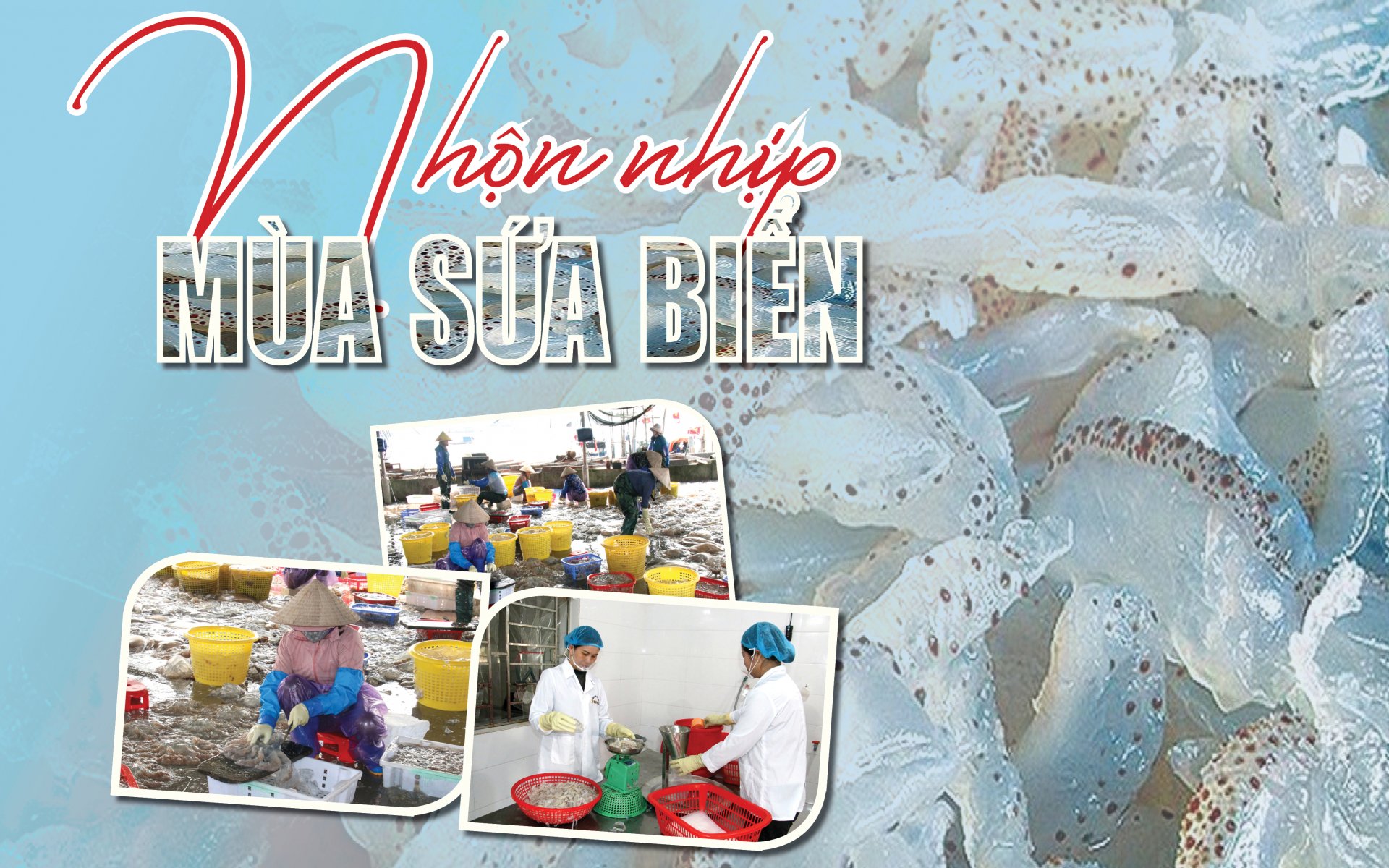 |
Every year from March to May, fishermen in the coastal areas of Nam Dinh have a new source of income from catching and processing jellyfish. On the returning boats, the pure white jellyfish buds are warm and bobbing in the boat’s hold, bringing with them the joy of a season of “sea blessings”.
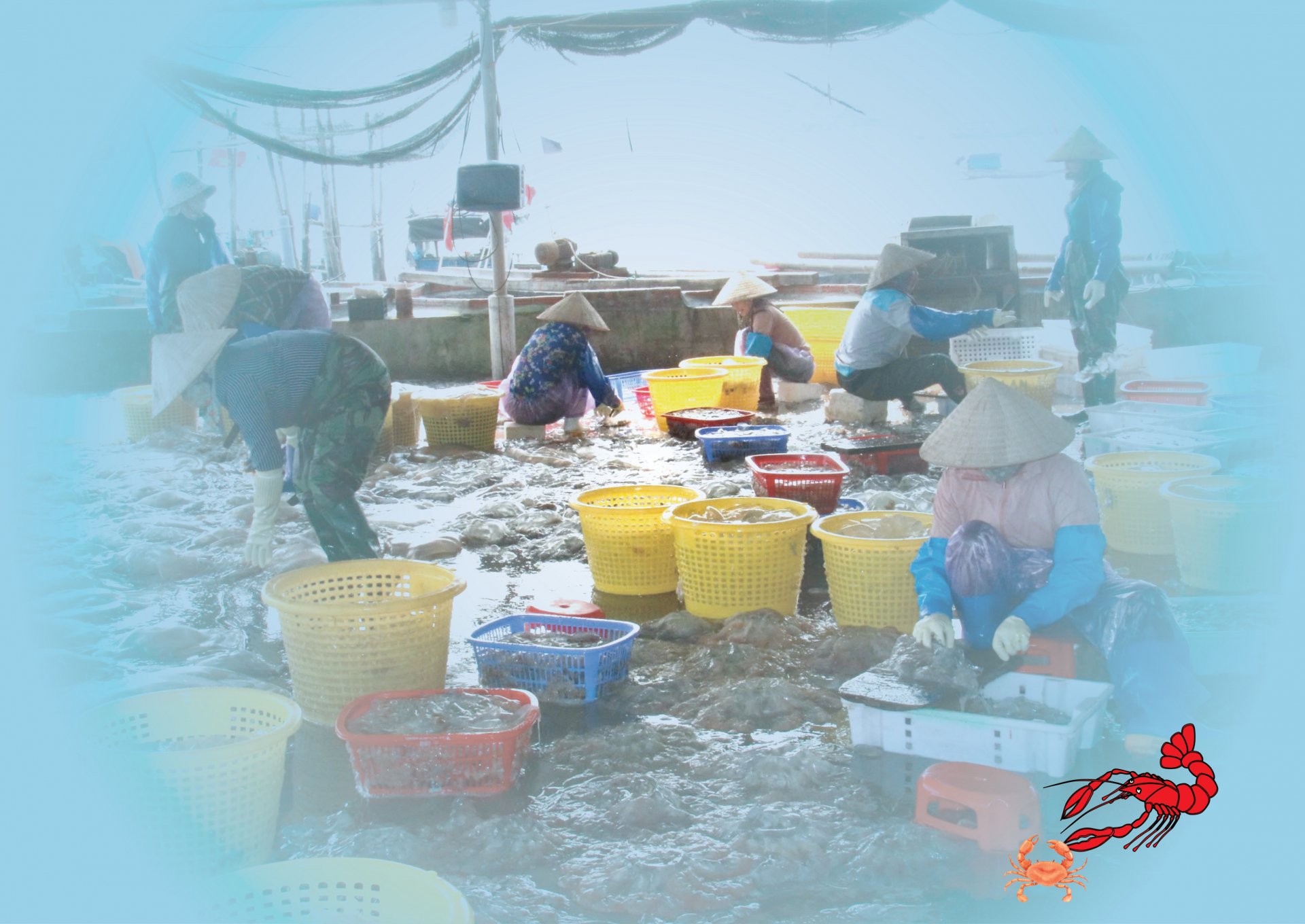 |
| The jellyfish season has created jobs for many local workers in jellyfish processing factories. |
From early morning, the beaches and fishing ports in Hai Hau, Nghia Hung and Giao Thuy districts are always bustling and busy. Below the wharf, boats full of jellyfish come and go. At seafood processing facilities, dozens of workers are still diligently sorting and processing jellyfish to meet the shipments for consumption. According to jellyfish fishermen, during jellyfish season, depending on the tide, the boats will go out to sea to catch. At this time, jellyfish often form large patches drifting on the water surface, so exploitation is quite easy. Boats usually go out to sea 2 nautical miles or more from shore before starting to cast nets. Catching jellyfish is not difficult, but fishermen always have to be careful not to let the jellyfish venom stick to their skin because it will be very painful.
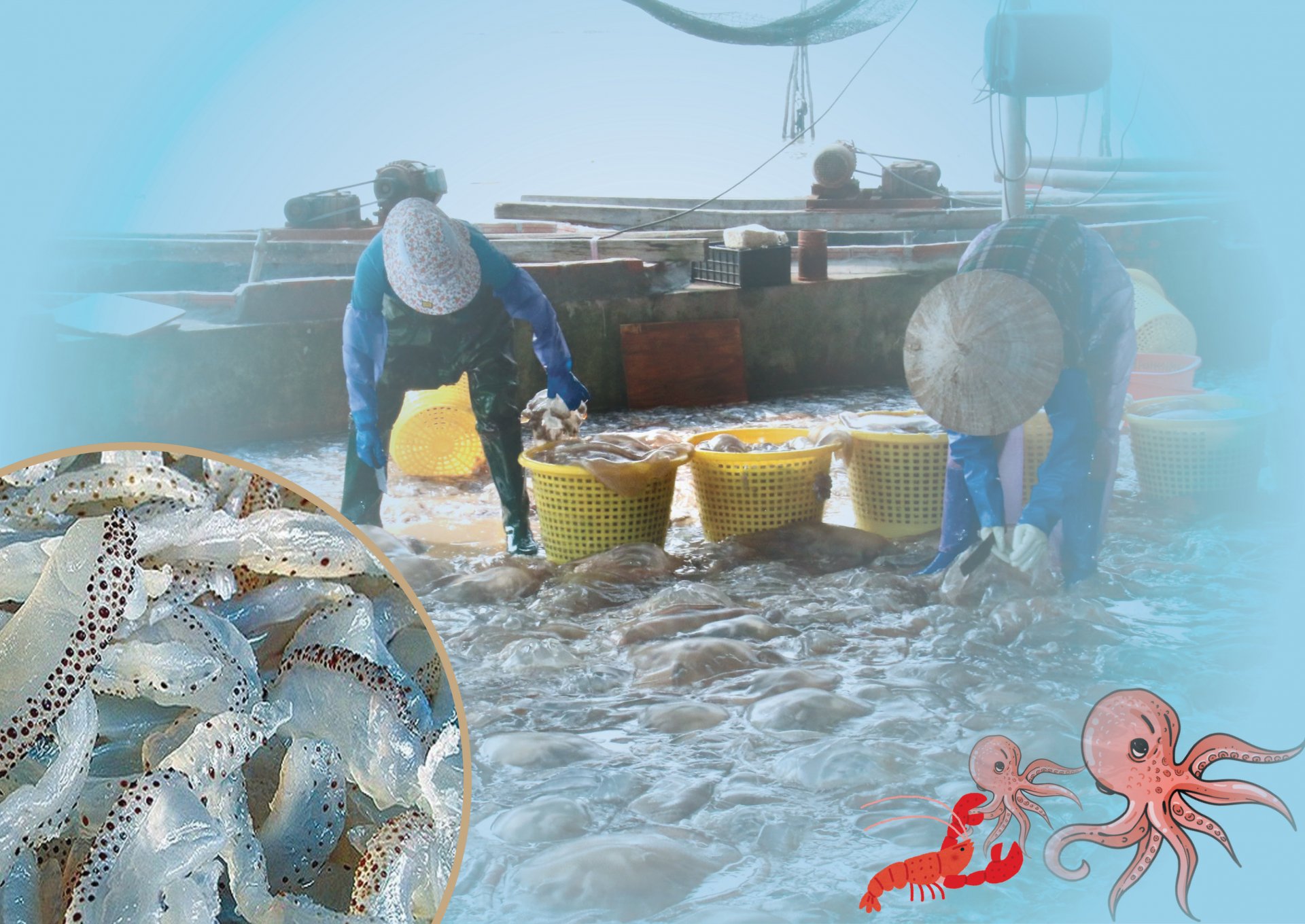 |
| There are many types of jellyfish, but currently the one that fishermen in the province often catch is white jellyfish (also known as "perch jellyfish"). |
Jellyfish season only lasts a few months, so boats have to take advantage of the time. If the weather is favorable, fishermen can make 1-2 trips to sea each day to catch fish. Each time the net is thrown, fishermen can pull up about a dozen jellyfish buds of different sizes. This step sounds easy, but in fact, fishermen have to spend a lot of effort because jellyfish carry seawater, so they are very heavy, some can weigh up to several dozen kilograms, so it requires the fishermen to be strong.
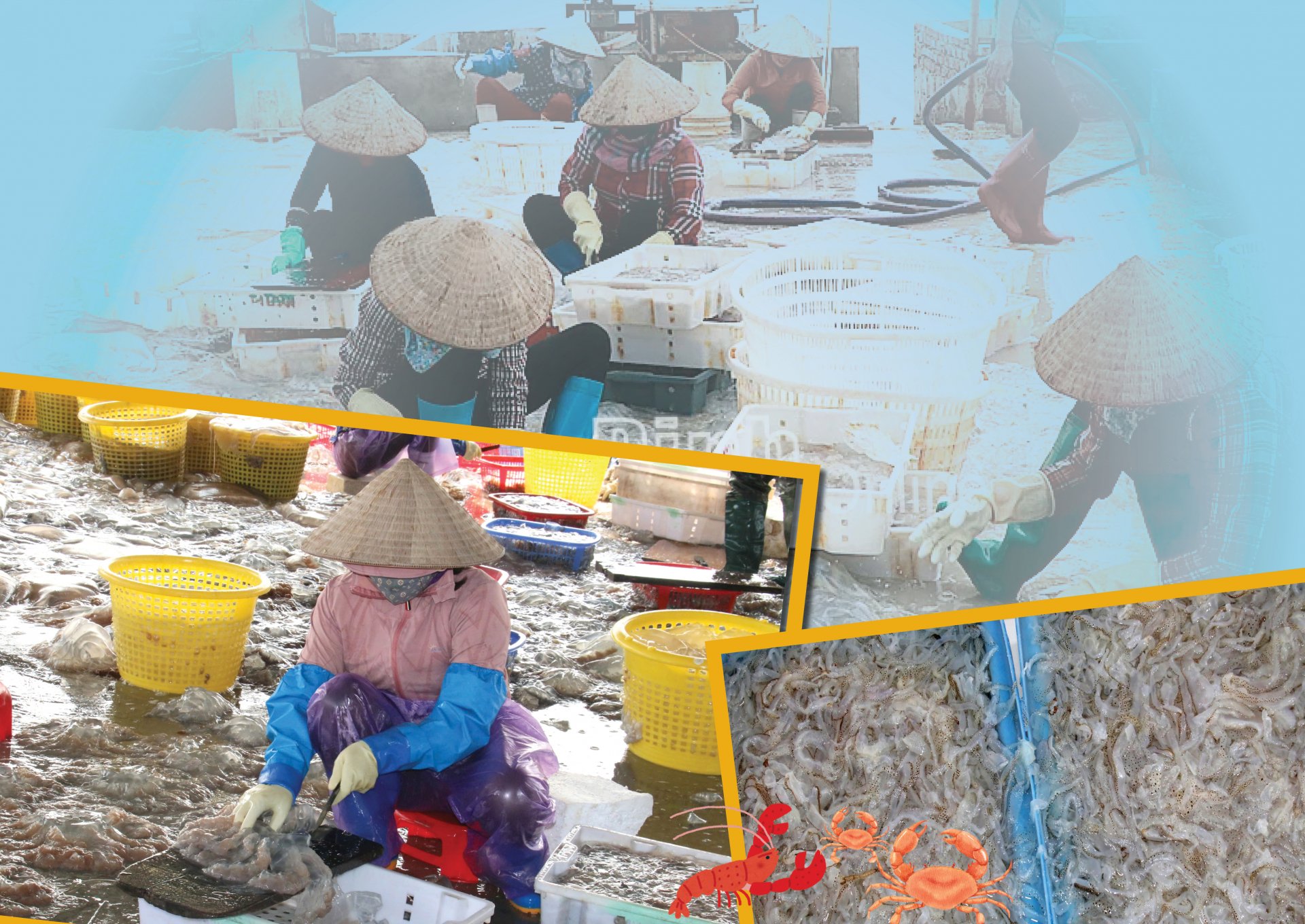 |
| To ensure the quality of jellyfish requires a very strict process from the initial processing stage. |
There are many types of jellyfish, but currently, the type that fishermen in the province often catch is white jellyfish (also known as "perch jellyfish"). Among jellyfish species, red jellyfish is the rarest and has the highest nutritional value. However, due to the unsuitable conditions of our country's seas for the growth and development of red jellyfish, this type is very rare. During the jellyfish season, fishermen in coastal areas are lucky to catch 1-2 red jellyfish. Each trip, fishermen's boats catch 300-500 jellyfish, the average price ranges from 15,000 VND/fish or more, so each boat earns 4-6 million VND, large boats with high capacity can earn tens of millions of VND.
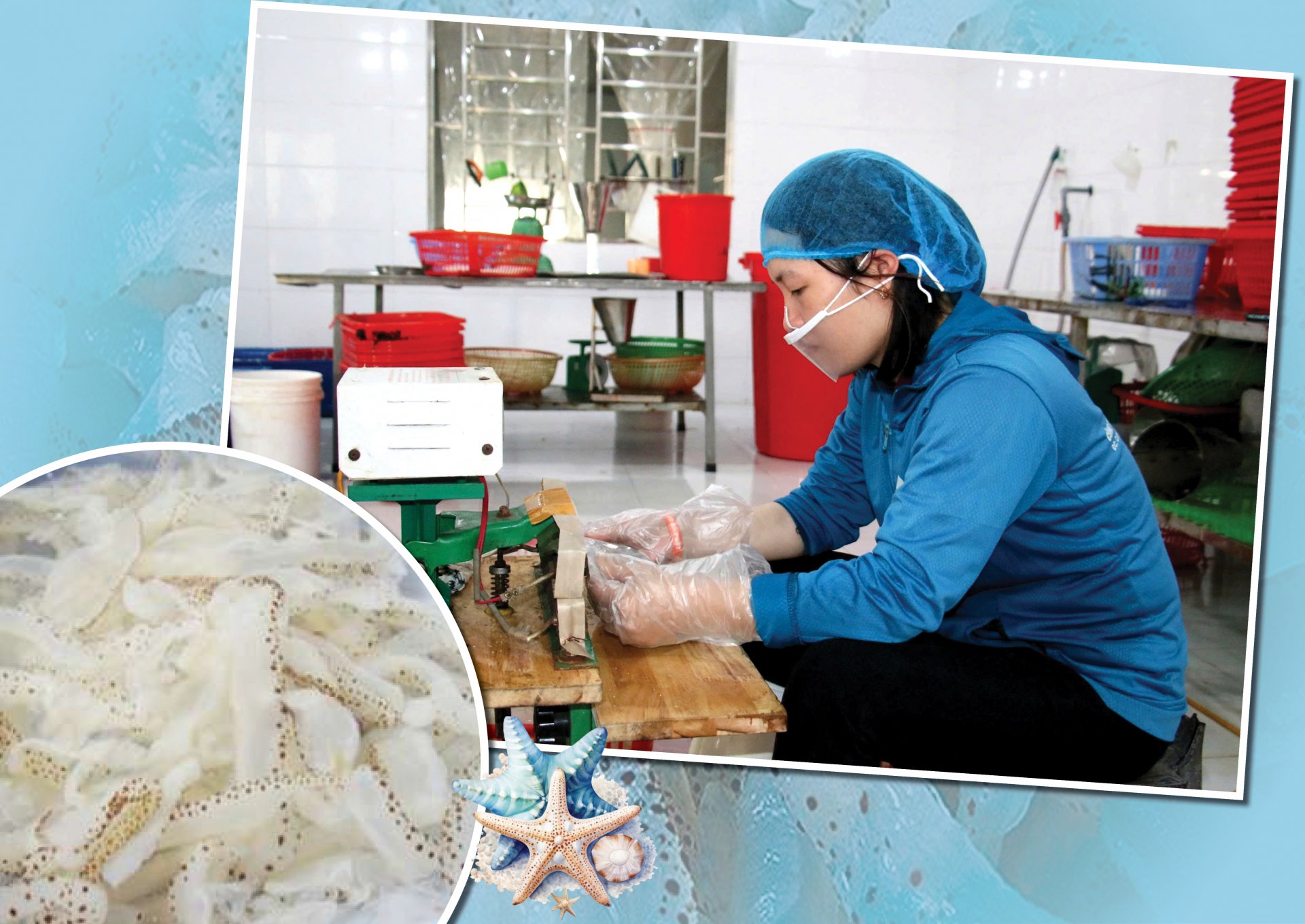 |
| After being processed, jellyfish are packaged according to regulations, ensuring food hygiene and safety. |
After the boats docked, traders were waiting to buy. Those who did not have boats or the strength to go to sea also took advantage of the season to earn extra income from jellyfish processing. At processing facilities, jellyfish are classified into jellyfish legs and jellyfish bodies. The legs are more valuable than the jellyfish bodies. The remaining jellyfish bodies are cut into small pieces, about 2-3cm thick, then put into rotating tanks to clean the slime and drain the water. After being cleaned, the jellyfish are soaked in tanks of salt water and alum. When the jellyfish pieces are transparent and reach a certain crispness, they are purchased by processing facilities as raw materials for producing dishes or sold to traders to send to China, Korea, Japan, etc.
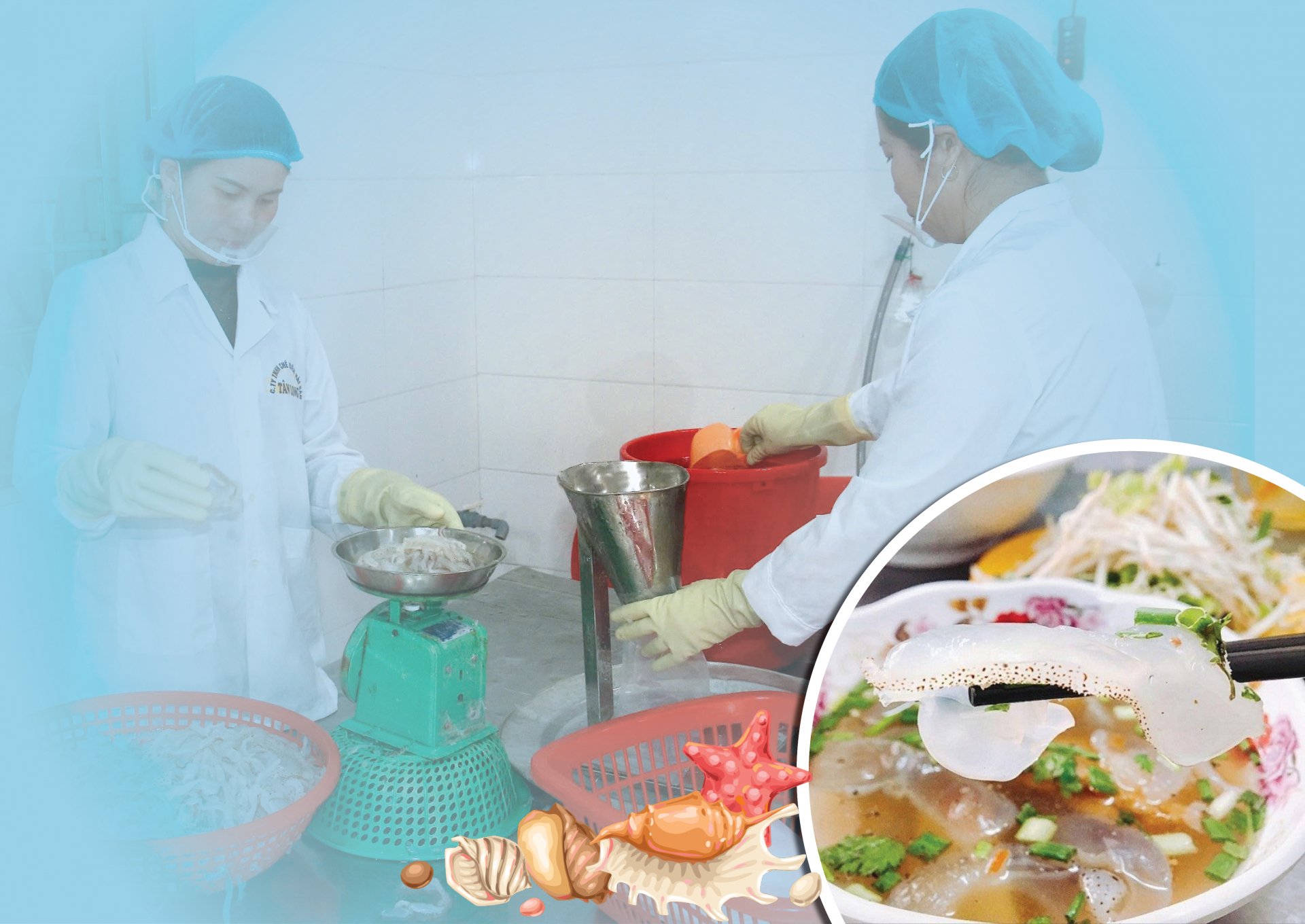 |
| In recent years, people increasingly prefer to use products processed from jellyfish such as jellyfish salad, instant jellyfish..., Jellyfish fishing and processing industry is developing strongly, bringing significant income to fishermen. |
For a long time, coastal people have known that jellyfish is a medicinal dish, nourishing the body to avoid the heat of summer. In recent years, people have preferred to use processed jellyfish products such as jellyfish salad, instant jellyfish, so the jellyfish catching and processing industry has developed strongly, bringing high income to fishermen. The whole province currently has about 30 jellyfish processing facilities with the main product being instant jellyfish. To create a brand for the product, many processing facilities have applied safe production processes such as HACCP (Hazard Analysis and Critical Control Points) and achieved 3-star OCOP certification.
Article and photos: Hong Minh
Source: https://baonamdinh.vn/multimedia/Emagazine/202504/nhon-nhip-mua-sua-bien-f015a80/



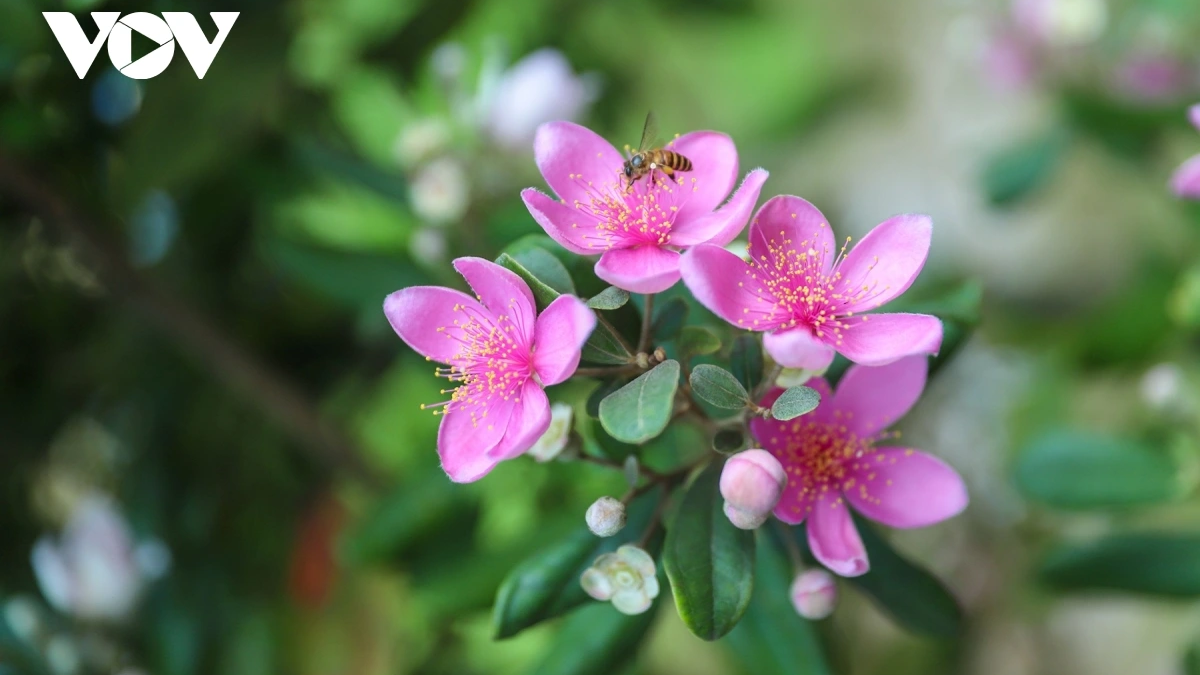
![[Photo] Prime Minister Pham Minh Chinh chairs a meeting on the implementation of the Lao Cai-Hanoi-Hai Phong railway project.](https://vphoto.vietnam.vn/thumb/1200x675/vietnam/resource/IMAGE/2025/5/20/0fa4c9864f63456ebc0eb504c09c7e26)
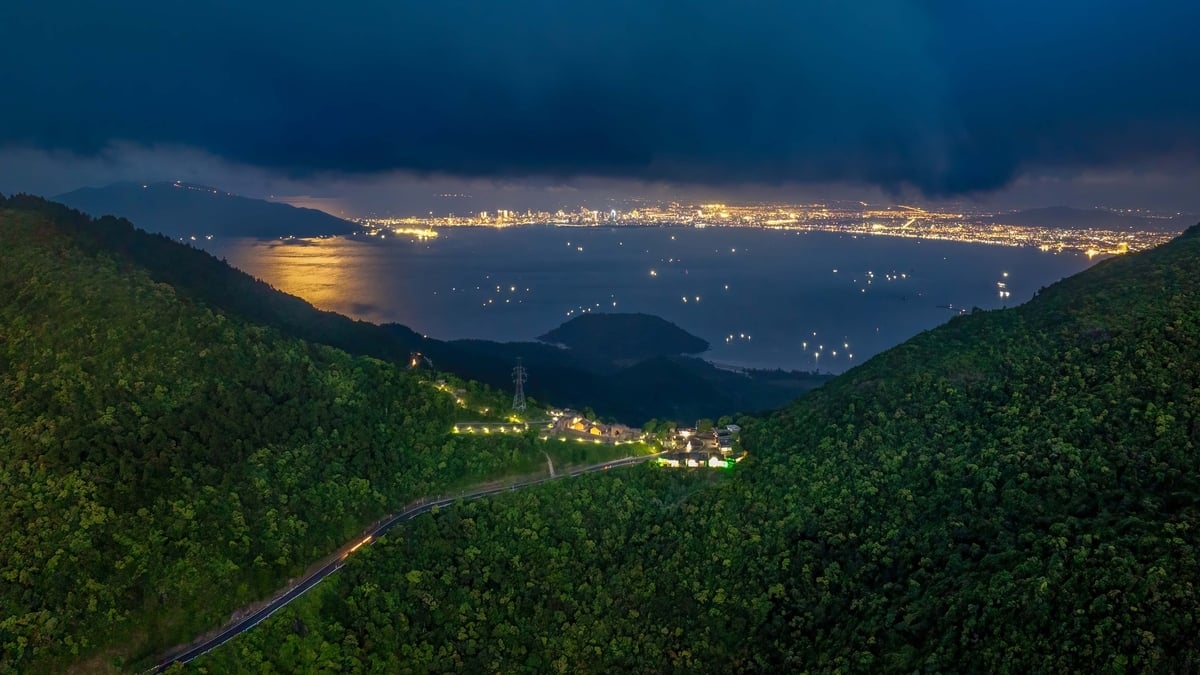
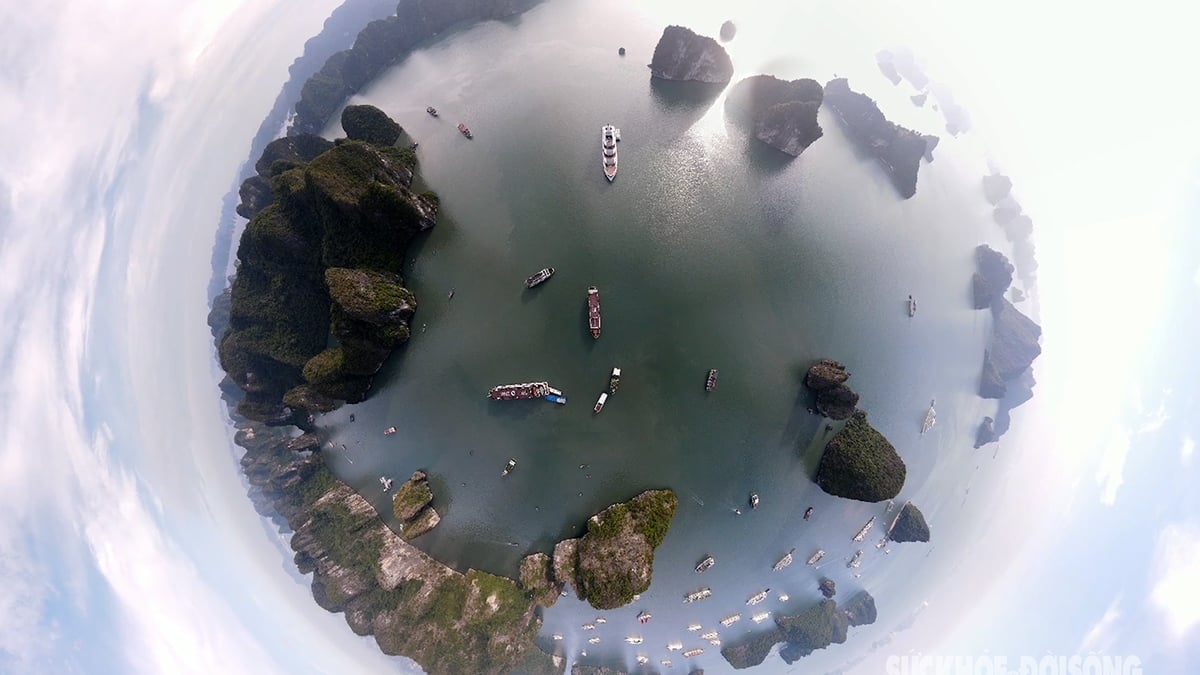

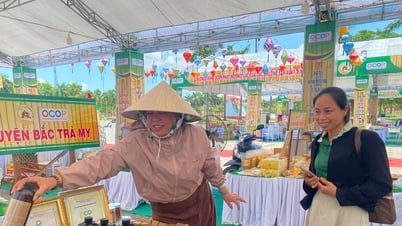

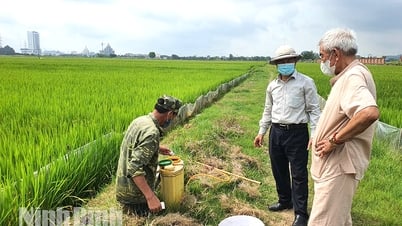

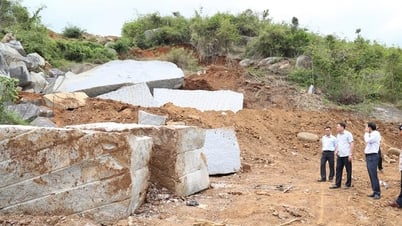

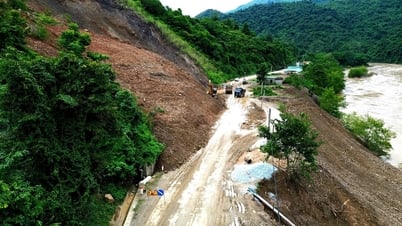

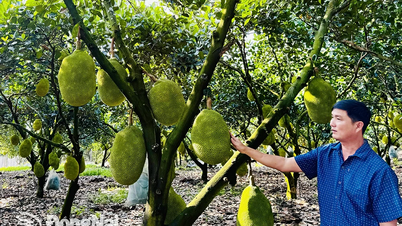

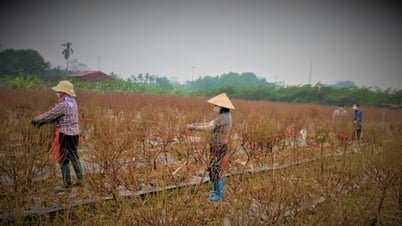





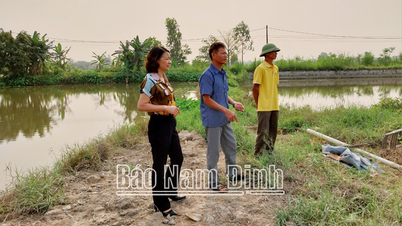
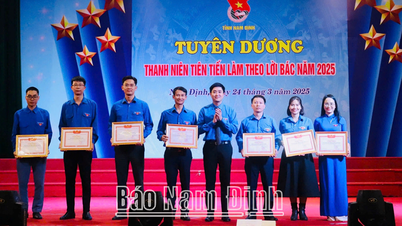
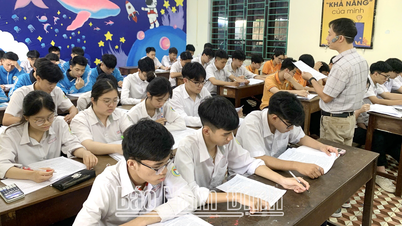


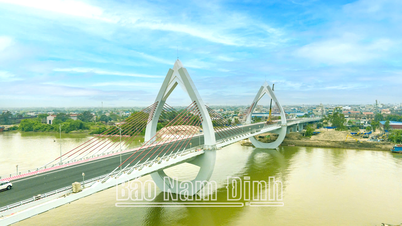

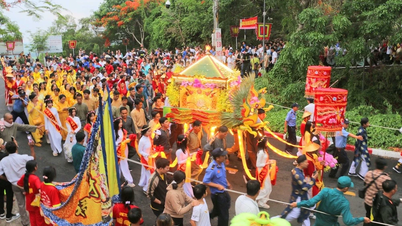





















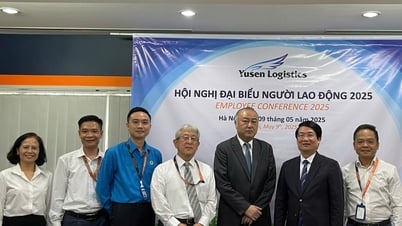













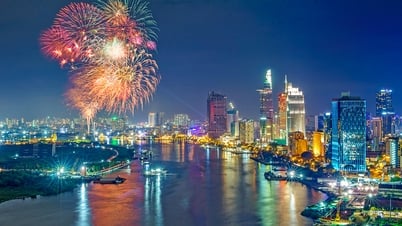
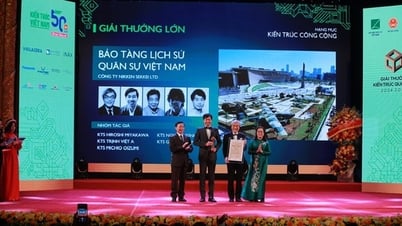

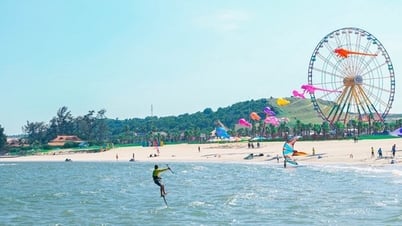




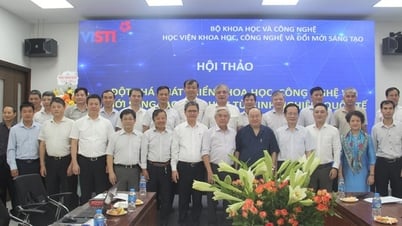
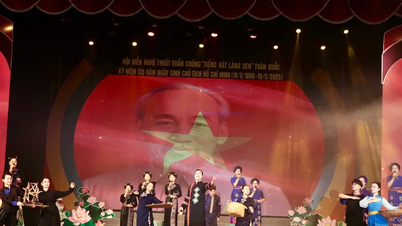













Comment (0)